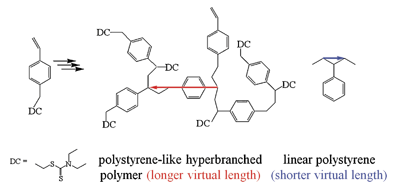K.
[Full Text PDF(J-STAGE)]
| Photosensitive polyimides (PSPIs) have been attracting great attention as insulating materials in microelectronic industry, and can be directly patterned to simplify processing steps. This review highlights recent developments on PSPIs, divided into two major categories; positive-working and negative-working. Especially, lithographic chemistries of PSPIs are focused up to pattern formation as well as other functionalities such as low-temperature imidization. |
 |













